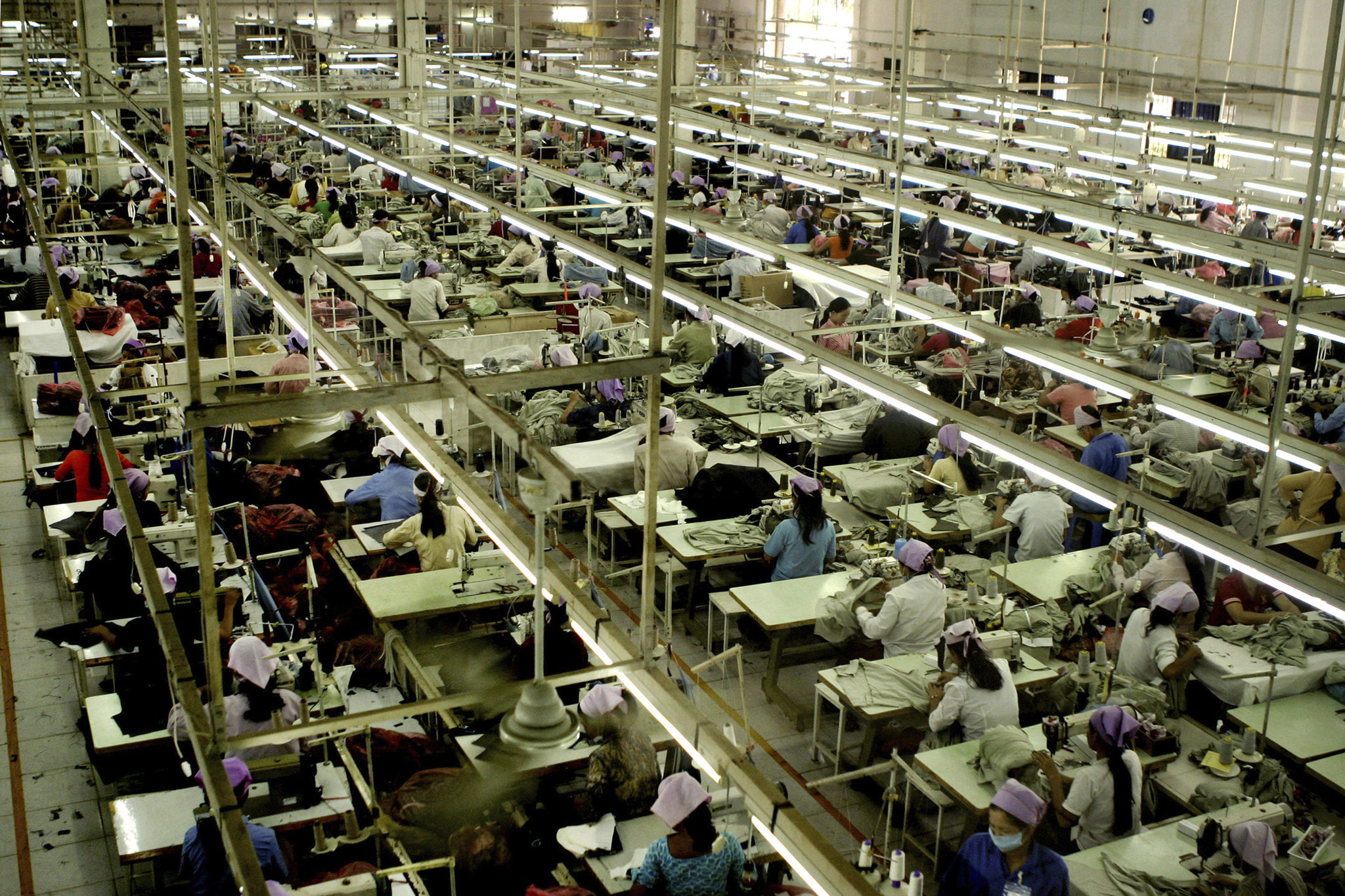The Ultimate Guide to Choosing the Right Garment Machinery for Your Business
Understanding Your Business Needs
When it comes to selecting the right garment machinery for your business, the first step is understanding your specific needs. Different types of garments require different machinery. For instance, manufacturing t-shirts may require different machines compared to producing jackets or pants. Consider the scope and scale of your production to identify the types of machines necessary for efficient operation.

Additionally, assess whether you need machinery for cutting, sewing, finishing, or all three. This will help streamline your choices and focus on machines that cater to your business demands. Understanding your requirements is crucial in making an informed decision and investing wisely.
Exploring Types of Garment Machinery
Garment machinery comes in various types, each designed for specific tasks. Here are some common categories:
- Sewing Machines: Essential for stitching garments. They come in various models like lockstitch, chain stitch, and overlock. Choose based on the fabric type and stitching requirements.
- Cutting Machines: Used to cut fabric into pieces for garment construction. Options include manual cutters, electric cutters, and automated systems.
- Finishing Machines: These include pressing machines and steamers for giving garments a polished look.
Evaluate what machines align best with your production line. Consider the capabilities and limitations of each type to ensure they fit seamlessly into your operations.

Setting a Budget
Before purchasing garment machinery, it's vital to set a realistic budget. High-quality machines often come with a higher price tag but offer better durability and efficiency. However, you don’t always need the most expensive option to meet your business goals.
Create a balance between cost and functionality. Consider long-term benefits such as reduced maintenance costs and increased productivity when setting your budget. It's often wise to invest in machinery that can grow with your business, rather than opting for the cheapest alternative.
Evaluating Technology and Features
The textile industry is rapidly evolving with technological advancements. Modern machines come equipped with features that enhance productivity and quality. Look for machinery with digital interfaces, automated controls, and energy-efficient operations.

Machines with advanced technology can offer greater precision, reduced manual labor, and faster turnaround times. Evaluate whether these features align with your business model and production goals. Staying updated with technology can give you a competitive edge in the market.
Checking Manufacturer Reputation
The reputation of the manufacturer is an important consideration when purchasing garment machinery. A well-established manufacturer often provides reliable products and excellent customer support. Research reviews and seek recommendations from industry peers to gauge the reliability of manufacturers.
Also, consider their service and warranty offerings. A manufacturer that stands behind their product with strong after-sales support can be invaluable in maintaining continuous operations without significant downtime.
Considering Space and Layout
The physical space available in your facility is another critical factor. Large machines may offer high production capabilities but could be impractical if your workspace is limited. Plan your factory layout considering both current and future needs to ensure optimal workflow.

Efficiency in layout can lead to smoother operations, reduced transportation time between processes, and enhanced worker productivity. Make sure to allocate ample room for movement around machines and consider potential expansion as your business grows.
Training and Skill Requirements
Investing in sophisticated machinery is only beneficial if your workforce is adequately trained to operate them. Consider the training and skill levels required for operating new equipment. Manufacturers often offer training sessions, which can be a significant advantage.
Ensure that your team is capable of using the machinery efficiently to maximize its potential. Continuous training programs can help keep skills updated, leading to consistent quality output.
Making the Final Decision
Choosing the right garment machinery is a critical decision that impacts your business's efficiency and profitability. By considering your specific needs, setting a budget, evaluating technological features, checking manufacturer reputation, and planning space layout, you can make an informed choice.
Always remember that while initial costs may seem high, investing in the right machinery can lead to long-term savings through enhanced productivity and reduced maintenance issues. Take the time to research and consult industry experts if needed to make the best decision for your business's success.
